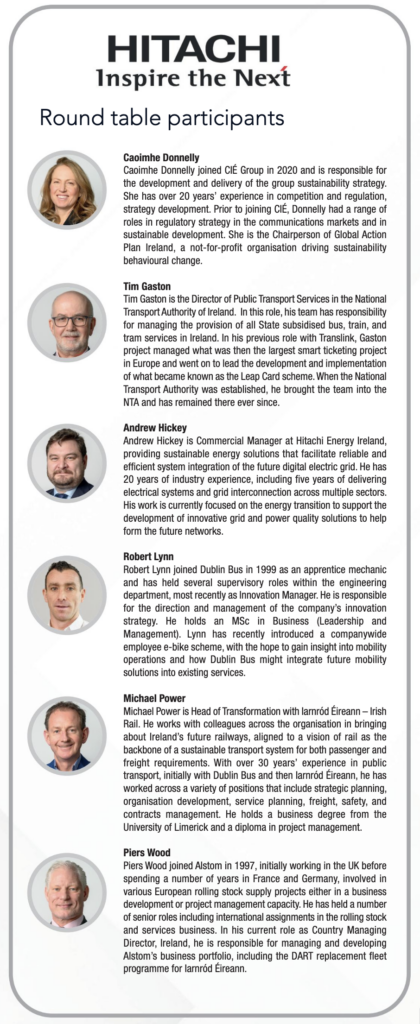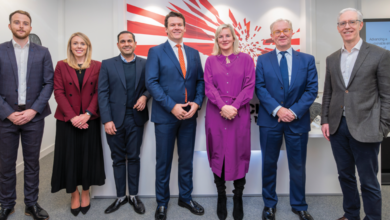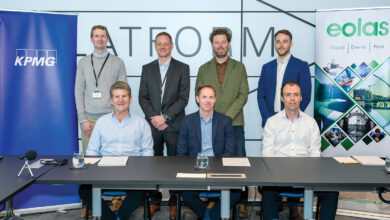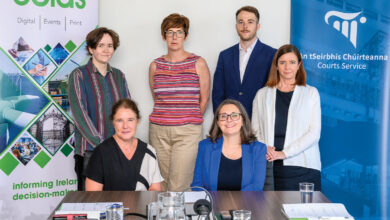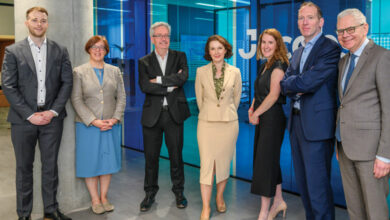The future of eMobility in Ireland
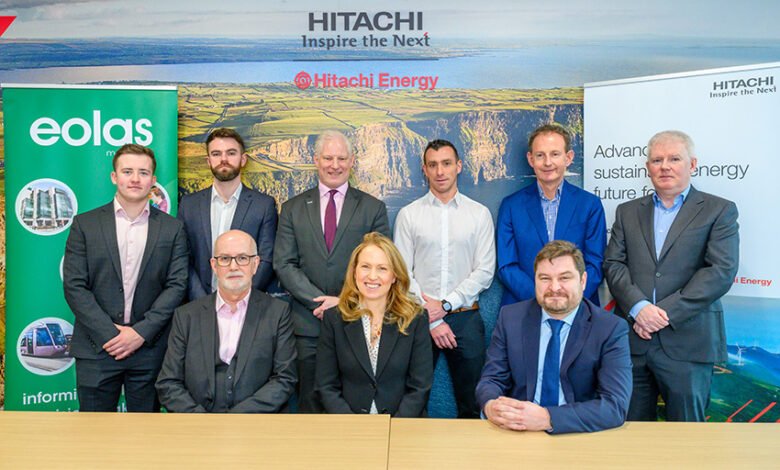
Hitachi Energy hosted a round table discussion on the future of eMobility in Ireland, bringing together key stakeholders from both the public and private spheres of the transport sector.

What role will electrification play in decarbonising the transport system?
Robert Lynn
![]()
Electrification gives Dublin Bus the opportunity to achieve our climate goals. It
starts us on a journey to huge reductions in emissions from our vehicles. We have recently started putting in place the infrastructure for 100 electric double decker buses that will enter service this summer. Large scale noise reduction will improve the quality of the city for everyone.
Tim Gaston
Electrification is a key strand in delivering carbon action. Electric buses or electric trains provide much lower emissions than a diesel train or bus. However, a train or a bus full of people is considerably better than a street full of emitting vehicles. Whilst electrification will help reach the target, it is not the only show in town. There is a focus on getting electric buses into the centre of our cities; but let us focus on getting buses into the centre of our cities faster than by car and that will have a big impact. Using public transport is the biggest winner.
Andrew Hickey
As we reduce emissions, electricity will become the backbone of our infrastructure. Not only does it give immediate benefits of electrification and decarbonisation for many sectors, but it also gives the opportunity to deliver Power-to-X, which includes the generation of hydrogen to deliver other solutions to areas that cannot be electrified allowing optimisation of our energy system. That will be crucial in delivering Ireland’s emissions reduction targets.
Michael Power
Electrification is a key pillar for reducing our emissions. Other substantive pillars that need to be progressed in parallel include how we integrate spatial and transport planning in the longer term, and in the shorter term, accelerating the shift towards sustainable mode use such as public transport and active travel. Electrification is relevant for the railways. We have ambitious plans to significantly increase the footprint of our electrified network in the coming years, particularly in the Dublin area, where we are carrying the majority of our passenger journeys.
Electrification will have a major role to play. The Dublin metropolitan area needs to be 100 per cent electric or zero emissions for buses and trains by 2035. Clearly, there is a key ambition for electrification, but it is not the only form of traction supply. There needs to be different traction sources for transport. For example, we are supplying Iarnród Éireann with battery trains where we have partial electrification, and the train can be autonomous for up to 80km without the need for electrification in those areas. Overall, electrification is certainly more efficient than using the internal combustion engine.
Caoimhe Donnelly
Electrification is important but the challenge is also to expand the role of public transport and create optimal conditions for active travel and reduced dependency on the private car. We also need to build on the Government’s sustainable mobility policy of ‘avoid, shift and improve’. Electrification is about ‘improve’ and we need to build on the ‘avoid’ and ‘shift’ elements of the policy. We need to focus on that hierarchy of active travel first, then public transport, with the expansion of public transport with BusConnects, Connecting Ireland for example and all the supporting plans to manage demand. That will support a modal shift.
How can the transport sector meet its sectoral emissions ceiling and contribute to the delivery of a 51 per cent cut in economy-wide emissions by 2030?
Tim Gaston
Transport should be the major contributor to reaching that target because that is where the biggest level of emissions is coming from. Our challenge is twofold: we need electrification where it is available, but we will not be able to electrify the rail network in the next decade. We will get there eventually, but it will take a considerable length of time. We can contribute, but modal shift will be what makes the difference. We are well down the road with that in our cities, but in rural Ireland, getting people to change their modes of transport will be a huge challenge. We need people to start living in more concentrated areas, otherwise we will not be able to provide services for them. There will be no one solution, but lots of solutions such as BusConnects and Connecting Ireland.
Caoimhe Donnelly
Public transport is only part of the solution. There is a big challenge around long-distance journeys and haulage as well. We need to be looking at our freight transport on rail and developing our technology solutions around long-distance transport with regard to hydrogen. It is critical that the transport sector reaches its sectoral target and probably the most critical and transformative factor is urban and city planning. We have a housing crisis, and we should be developing compact urban growth and 15-minute cities and towns. They have the potential to be transformative in terms of meeting our emissions. CIÉ is developing its land and property portfolio to deliver transport orientated development, which residential and commercial development centred on sustainable transport nodes. Well planned cities and towns are essential to reducing car dependency.
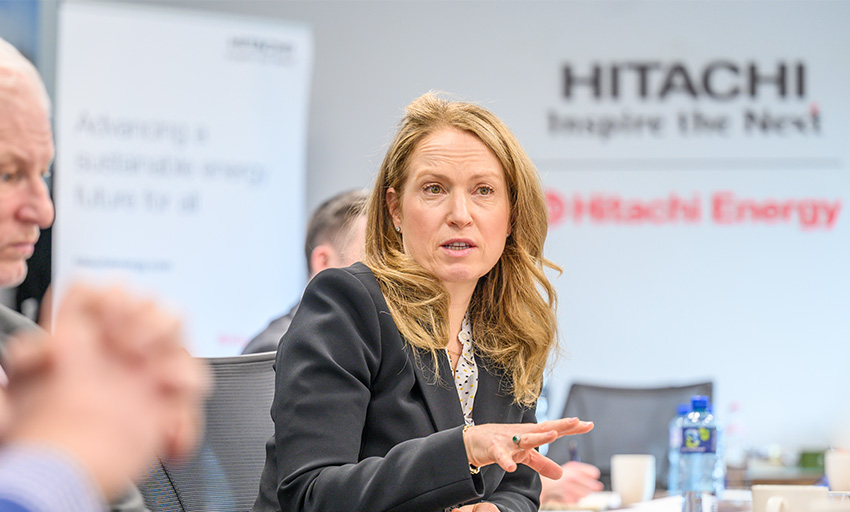
“We need to be looking at our freight transport on rail and developing our technology solutions around long-distance transport with regard to hydrogen. It is critical that the transport sector reaches its sectoral target and probably the most critical and transformative factor is urban and city planning.”
Caoimhe Donnelly
Michael Power
The challenge is huge and will require an unprecedented shift in our collective ways of thinking to achieve, in particular, our 2030 targets. The short- to medium-term is going to be challenging. In this decade, it is as much about generating the shift in mode usage away from cars and towards public transport and active travel. There has been a good shift in the use of public transport in recent years. We see it most particularly in Dublin, but we are starting to see it in regional cities, and we need an acceleration of that. Improving the user experience, making it attractive, making interchange seamless, and giving best value for money are key.
Robert Lynn
What we look at is how we can innovate around the first mile and last mile of journeys that makes public transport as convenient, if not more convenient, than your car. That is the challenge that I see that will drive people to start using public transport.
Piers Wood
We need to ensure we do not demonise people for using their cars but if we can make public transport cleaner, easier to use, and more reliable, then we will definitely get more people on public transport. We also need to look at end-to-end solutions: from when you leave your house in the morning to your final destination, there needs to be a public transport solution for every step of the way.
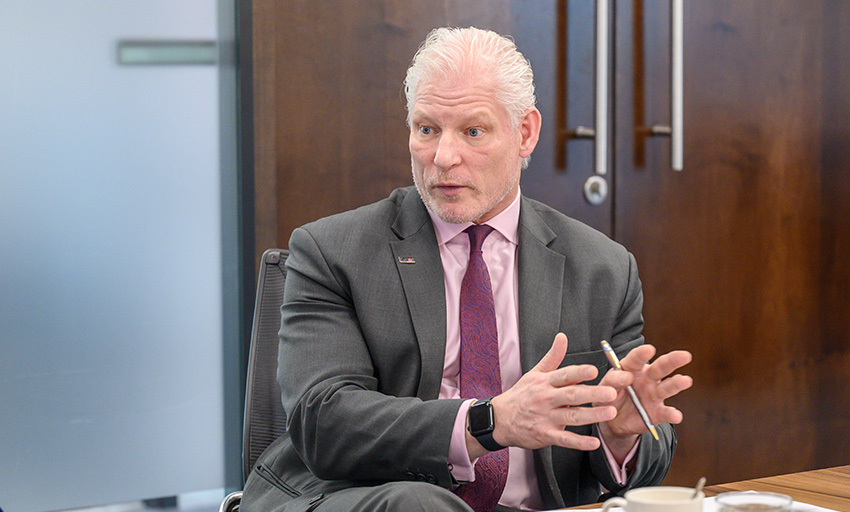
“We have hydrogen trains in service in Germany and have found that passengers love it because it is much cleaner, has less vibration, and less noise.”
Piers Wood
Andrew Hickey
It is essential that the energy inputs to all of this are renewable and sustainable. As a message to stakeholders, the important thing is that it not only delivers on decarbonising the economy, but that it also delivers for society by giving us cleaner air and giving us a method of delivering energy more efficiently. The initiative to adopt battery electric buses by Dublin Bus will optimise the use of the energy system in two ways, by charging at night making efficient use of the existing electrical infrastructure when demand is low and by using electricity generated by wind that would otherwise be curtailed. The system utilised in this way gives the opportunity to lower costs and generate savings through efficiency in the long term.
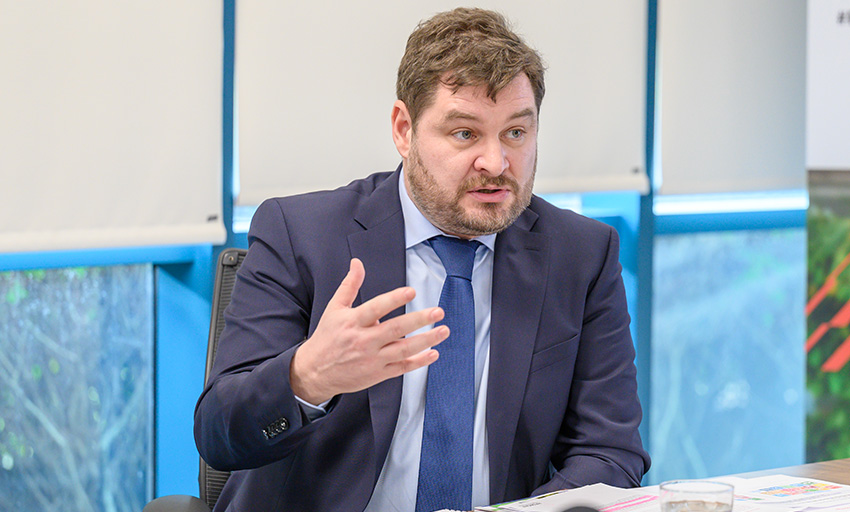
“It is essential that the energy inputs to all of this are renewable and sustainable. As a message to stakeholders, the important thing is that it not only delivers on decarbonising the economy, but that it also delivers for society by giving us cleaner air and giving us a method of delivering energy more efficiently.”
Andrew Hickey
What does the enhanced ambition of the Climate Action Plan 2023 mean for transport? What are the challenges?
Caoimhe Donnelly
Ensuring joined up thinking in terms of policy development is a challenge. Cross-government and cross-sector planning is important. A tall order has been set for transport, but equally there are the increased targets for the energy grid, and these are huge challenges. Our systems, operations, and schedules have been designed around a highly flexible fossil fuel-based system. Now we will have to plan routes and services around optimal charging opportunities and work within historic depot infrastructure where at least 10 per cent of garage space is displaced through charging infrastructure.
Robert Lynn
It is a big sea change for us, starting with infrastructure and how the depots are set up. They are in historic buildings with angles; trying to fit in the buses with the charging procedures is a challenge. We have to integrate electrification into our current process of fuelling at night. Employee training will be the answer; upskilling our engineering craftworkers and the drivers who will be driving these buses. We have to be conscious of the range of electric buses and change our operating systems to design schedules around the capacity of the bus. We are embracing technology to do that. It will be a hard journey but at the end, things will be much improved.
Tim Gaston
The big challenge is that we need to get better at doing new things while still managing the day job. There are so many new things coming along that we need a better way of managing workloads. NTA have been developing our project management office over the last three years; Dublin Bus, Irish Rail, and Bus Éireann are doing the same. With electrification, you can no longer go down the yard and take the next bus because your one has a cracked window. The control room needs to know what power is left in a bus. Next generation ticketing is also coming along, and we are replacing the automatic vehicle location system across the entire fleet. The change is enormous and cannot be managed with people doing an hour’s work on it every day while mostly doing the day job.
Michael Power
Joined up thinking is integral to achieving the targets that have been set. The benefit of targets having been set is that all contributors to the emissions now have a focus, they know what the target is for their sector and how that will apply to themselves. We are looking at rail freight and as we invest and provide infrastructure and services, that will generate emissions. If we just focus on looking at our emissions, we would be inclined to not do that. The challenge is to see it in totality and arrive at the best solution for the transport sector.
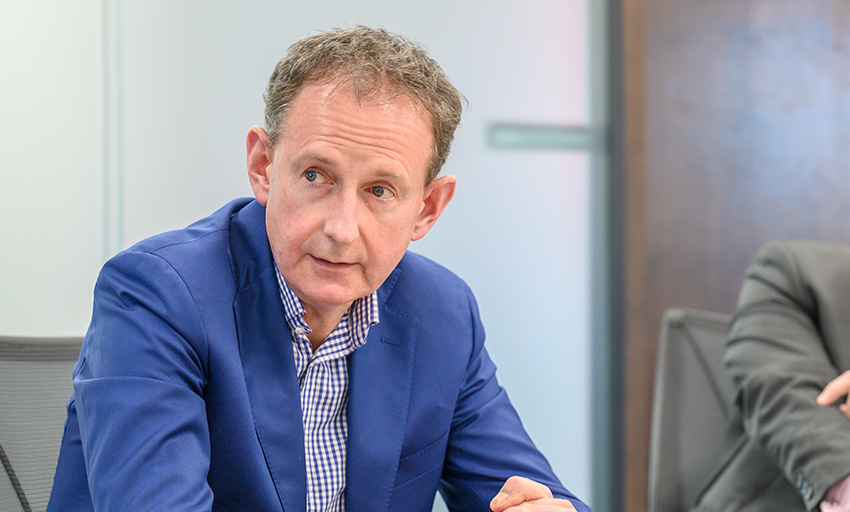
“As a public transport operator, what is central to us is enhancing the user experience so that people will choose a sustainable mode of transport every day. That includes considerations of the first mile and last mile, the full experience from origin to destination with seamless interchange between modes.”
Michael Power
Andrew Hickey
Where we have seen the opportunity is that we have gotten all stakeholders invested for the long-term. Now, we have to take that forward and plan infrastructure for our grandchildren’s grandchildren. If we do that in a sustainable way, it pulls everything together: the green economy, foreign investment, and agriculture. A long-term plan means the investments pay back, our costs are much less, and we will be an attractive place to do business and live.
Piers Wood
We commend the Irish Government in their approach to tackling climate change. The Climate Action Plan sets out key strategies with a clear way of getting there. It is important that any new retail establishments are not on greenfield sites, and that they are next to existing transport corridors. European cities are now doing much more oversite development, where land over and above existing stations is sold for development and the proceeds are used to then fund additional transport projects. It is about maximising the use of the land available and looking at the transport system as a whole.
To what extent will electrification help deliver a modal shift in transport?
Andrew Hickey
It is about the input. We have significant wind resource, being able to capture its energy and transpose it to the different energy modes is the best way of delivering a green country. It is important that we develop this resource quickly because it is the future of a new circular economy. The outputs of which can generate new business growth generating more employment, and export opportunities, this can fund investment for all the other services the country requires.
Tim Gaston
I do not think electrification will deliver a modal shift. It is hugely important to contribute to moving to zero emissions, but a street full of electric cars is just as congested as a street full of diesel cars. It would be environmentally better but would still be blocking the road for electrified buses. What will bring about modal shift is the carrot of public transport being better, particularly with priority on the bus side. The single most important thing for modal shift is that the bus will be reliably there on time, all the time. That is where BusConnects will make the difference.
Michael Power
It is all about the user experience and their experience relative to the alternatives available. As a public transport operator, what is central to us is enhancing the user experience so that people will choose a sustainable mode of transport every day. That includes considerations of the first mile and last mile, the full experience from origin to destination with seamless interchange between modes.
Robert Lynn
What we need is consistency of service. People want to utilise their time and will not tolerate a bus or a train not turning up. The onus is on us as operators to deliver for the customer, which lends itself to trust from the consumer that enables the modal shift that we need.
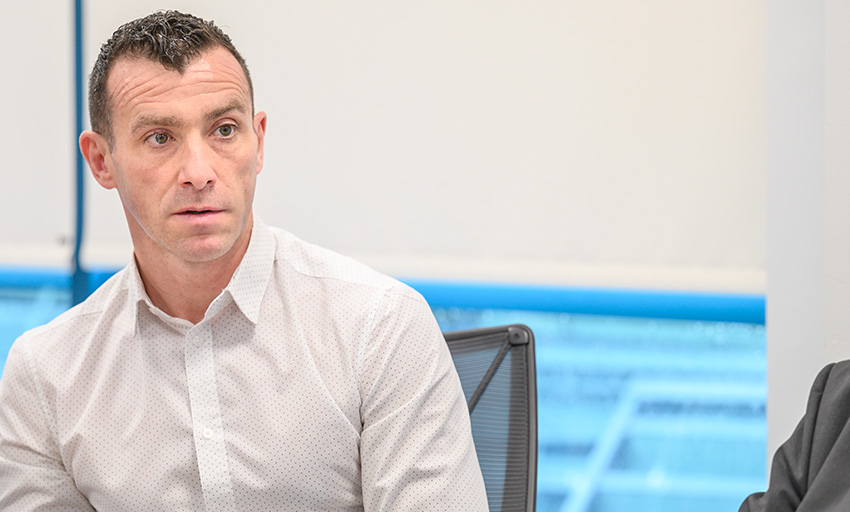
“What we need is consistency of service. People want to utilise their time and will not tolerate a bus or a train not turning up. The onus is on us as operators to deliver for the customer, which lends itself to trust from the consumer that enables the modal shift that we need.”
Robert Lynn
Piers Wood
Electrification is important because it will help people get out of the internal combustion engine car, but we cannot afford to forget technologies like hydrogen for buses and trains. We have hydrogen trains in service in Germany and have found that passengers love it because it is much cleaner, has less vibration, and less noise. The train looks identical, but the perceived level of service is much better, and passengers are now travelling on that train in preference to diesel powered trains.
Caoimhe Donnelly
Galway Hydrogen Hub, of which we are a member, is looking to develop the first hydrogen valley in Ireland to create a fully circular eFuel for the future, which has the potential of decarbonising long-distance travel. Electrification will be added to a needed complement of technologies, and this again comes back to joined up thinking. There is a need for engagement with the public here to ensure that these high potential strategies for transport are supported and delivered.
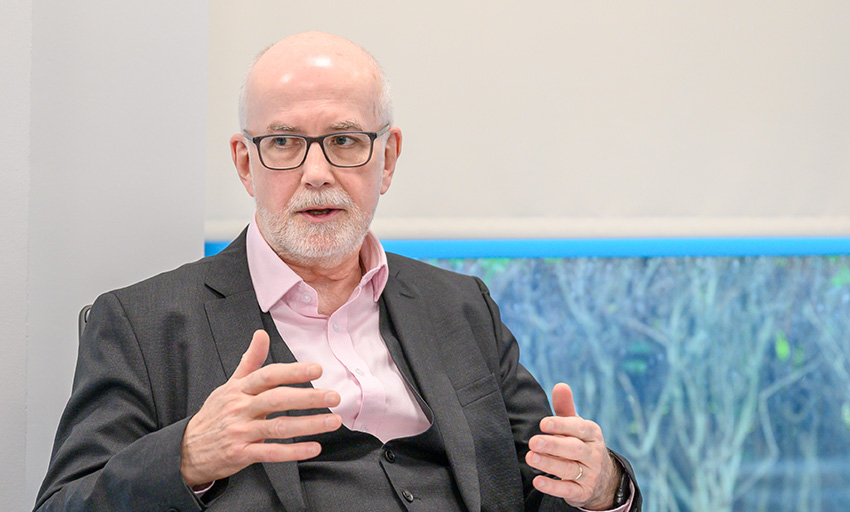
“Whilst electrification will help reach the target, it is not the only show in town. There is a focus on getting electric buses into the centre of our cities; but let us focus on getting buses into the centre of our cities faster than by car and that will have a big impact.”
Tim Gaston
What one action would you prioritise to help accelerate transformational change in transport?
Caoimhe Donnelly
Compact growth for urban development and delivering BusConnects, Connecting Ireland, and DART Plus are critical.
Piers Wood
Ireland has the plan, the political will and public support. You now need to deliver it. One of the frustrations we have in the private sector is we need to see that those programmes are going to happen.
Michael Power
We have good strategies. It is now all about delivery in the coming years. We have termed what we are doing in Iarnród Éireann as the ‘decade of delivery’.
Andrew Hickey
It boils down to stakeholder engagement and trying to sell the new direction that we are going in. I have benefitted from some of the changes so far and it certainly makes it easier to get into the city centre. Further enhancing that through sustainability will really validate why we are making these choices.
Tim Gaston
Planning. At the moment there is so much of a backlog, not just in transport but also in housing. We need a faster, more efficient, but still democratic, planning system. One other issue is rural transport. 30 per cent of Ireland’s population live in rural areas. It is important that we support these communities and Connecting Ireland seeks to do that. Last year we put in 40 rural services, and we will double that this year. Its impact could be bigger than BusConnects.
Robert Lynn
The delivery of BusConnects, which Dublin Bus is implementing with the NTA, will deliver a higher level of service and will lead to a modal shift. The electrification project will add another layer of benefits to BusConnects. They are our two big projects to deliver in the near future.



